| Name | Atkinson Retrobulbar Needle |
| Lead Time | Lead time advised within 48 hours of order placement. |
| Competitor | ;601225;60-1225;6012-25;601226;60-1226;6012-26;6012-25_6012-26; |
| Specialty | Ophthalmology-Cannulas |
| Material Finish | Stainless Steel |
| Grade | Premium Operating Room |
| Units of Measurement | Each |
| Manufacturer | Tool Tectra |
| Sterility | Non-Sterile |
| Usage | Reusable |
Atkinson Retrobulbar Needle
sharp rounded point, 25-gaugeAtkinson Retrobulbar Needle is a commonly used tool in preoperative treatment of ophthalmologic procedures. The needle may be used to perforate the orbital septum in administering an anesthetic or alcohol. Two different gauges are available with the needle depending on surgical preference.
SKU:
TT-SI-9817
Categories: Cannulas, OPHTHALMOLOGY
Description
Reviews (0)
Be the first to review “Atkinson Retrobulbar Needle” Cancel reply
Shipping & Delivery
Related products
Kratz Capsule Scraper
SKU:
TT-SI-1267
shaft w/ sharp top, shaft angled 60 degrees, 12.0 mm tip from angle to tip, 22-gauge, 1/2" Kratz Capusle Scraper is a useful tool in phacoemulsification procedures. The sandblasted tip is designed to scrape the surface of the posterior capsule to remove and cellular debris following aspiration of the nucleus.
Lacrimal Cannula – Reinforced Shaft
SKU:
TT-SI-9225
1.2" (3.1 cm) shaft w/ 2.0 cm reinforced, 23-gauge Lacrimal Cannula is an extremely useful tool in treating tear duct obstructions. The cannula may be used to investigate blockage of lacrimal gland damage or more frequently, obstruction of the nasolacrimal duct. The cannula features a reinforced shaft to prevent bending and kinking during the procedure.
Gimbel Irrigating Cannula
SKU:
TT-SI-5324
30 gauge u-tip, overall length 28.0 mm (excluding hub)Gimbel Irrigating Cannula is a useful tool during cataract and IOL implantation procedures. The cannula may be used to perfuse fluid for easier manipulation of the IOL or easier access to debride nuclear fragments. The ultra-small gauge facilitates entrance into the lens capsule.
Kelman Dipstick
SKU:
TT-SI-1757
Bishop Harmon Anterior Chamber Irrigator
SKU:
TT-SI-2883
Bishop Harmon Anterior Chamber Irrigator is a frequently used tool in cataract IOL implantation procedures. Following nucleus fragmentation, the irrigator may be used to aspirate any remaining debris from the anterior chamber. The complete set features and adaptor, irrigating cannula, and silicone bulb.
Randolph Cyclodialysis Cannula
SKU:
TT-SI-7987
front air injection port, 12.0 mm angled tip, 19-gauge Randolph Cyclodialysis Cannula is a commonly used tool in glaucoma procedures. The cannula is frequently used to irrigate the anterior chamber once a communication has been established between the anterior chamber and the suprachoroidial space. The cannula has a front injection air port and features a flat tip or thin spatula blade depending on surgical preference.
Gills-Welsh Cannula
SKU:
TT-SI-6883
25-gauge, angled Gills-Welsh Cannula is a commonly used tool in cataract and various other ophthalmologic procedures. The small gauge of the cannula may be used to aspirate fluid in the anterior chamber of the eye following a limbal incision. Four different angles are available with the cannula depending on surgical preference.
Knolle-Pearce Irrigating Lens Loop
SKU:
TT-SI-3639
1.0 mm tip, angled 30 degrees, sandblasted, 23-gauge, 3/4" (2.0 cm)Knolle-Pearce Irrigating Lens Loop is a useful tool for cataract and lens extraction procedures. The loop is instated between the nucleus and the posterior capsule; fluid is allowed to pass into this space to allow for easier removal of the lens. Three irrigation ports provide ample fluid distribution.

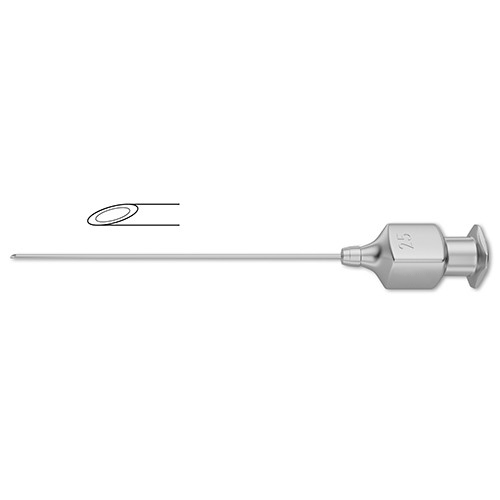
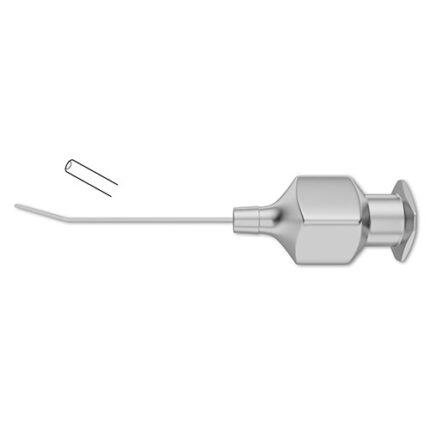
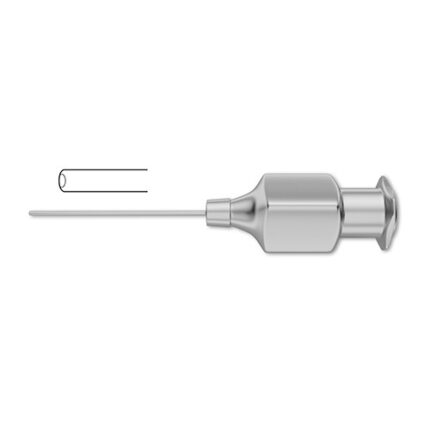


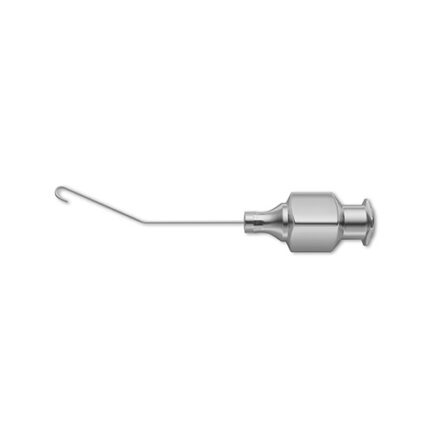

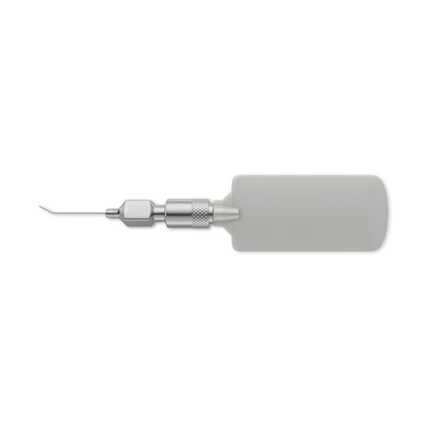

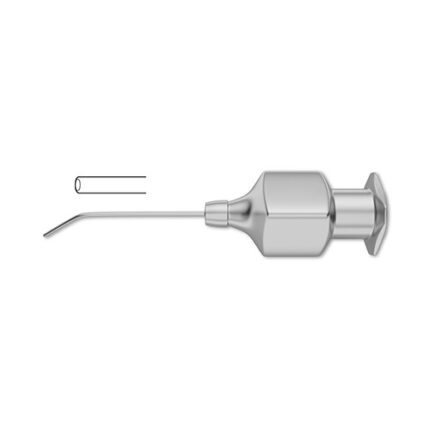
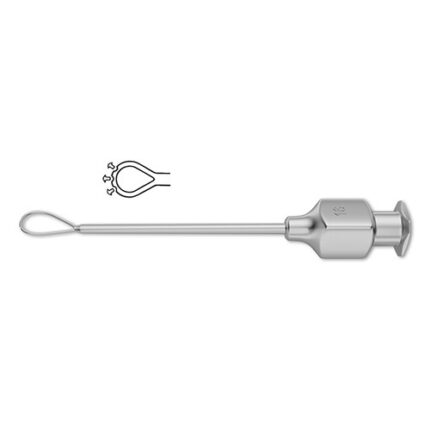

Reviews
There are no reviews yet.